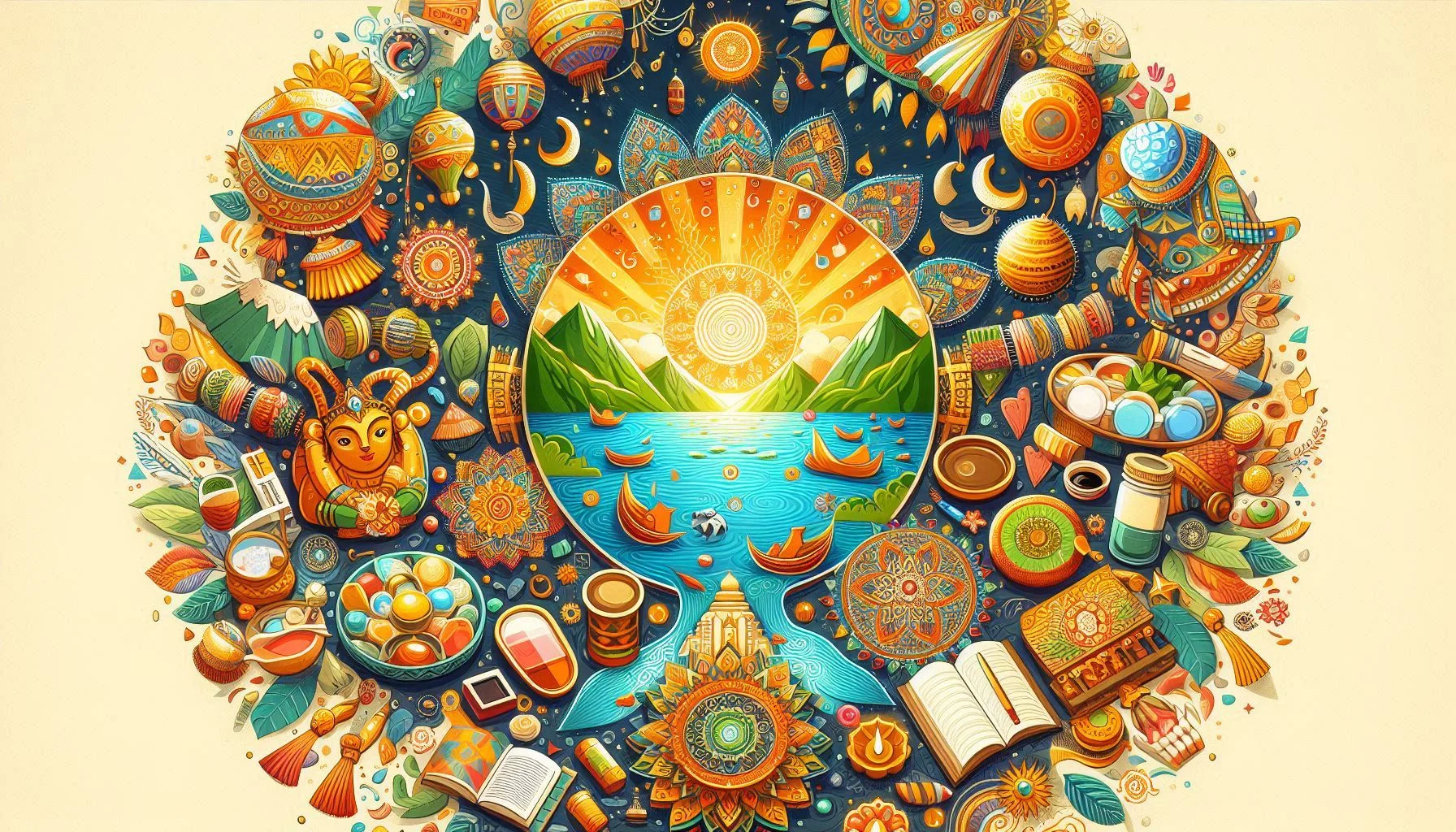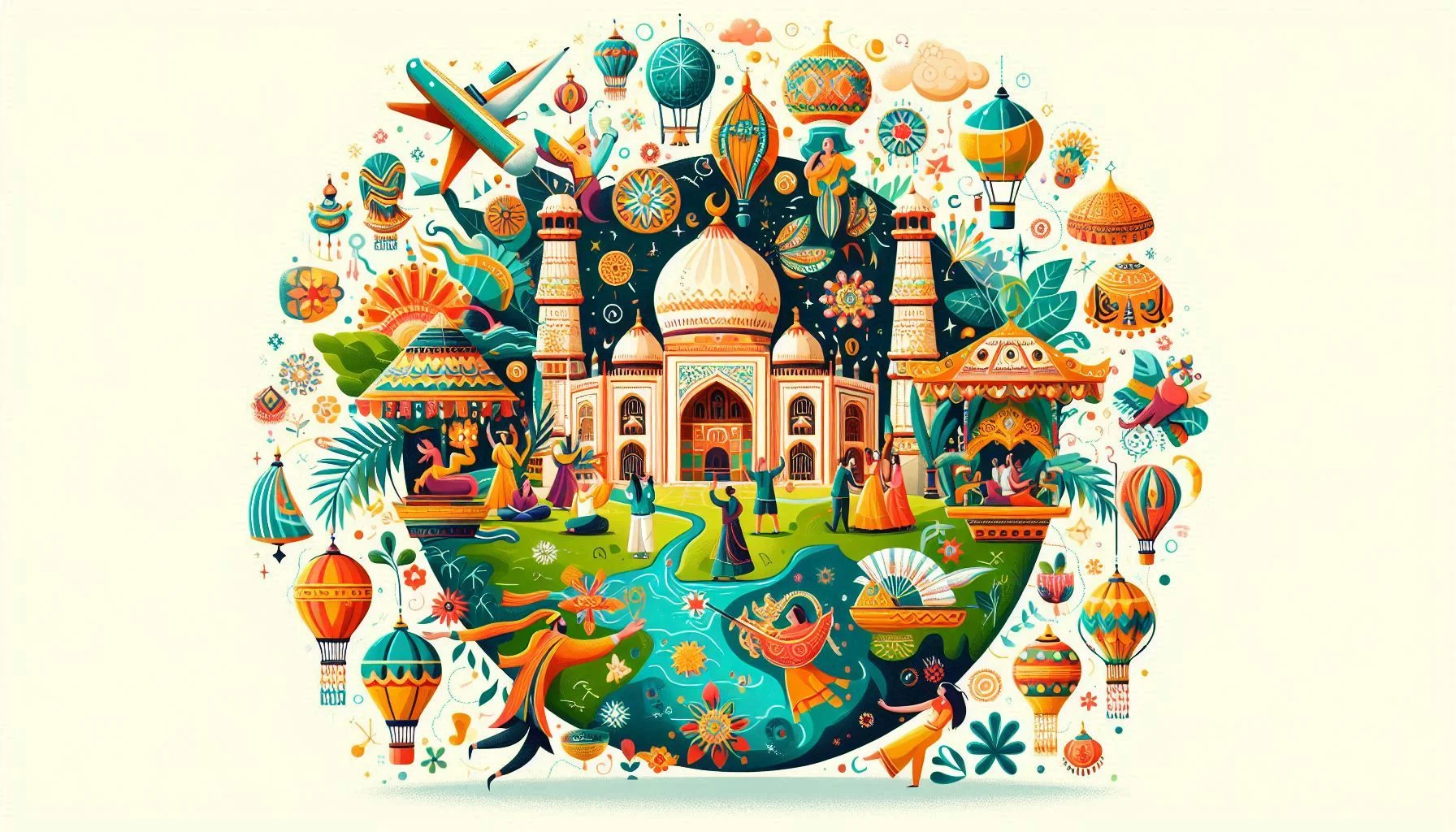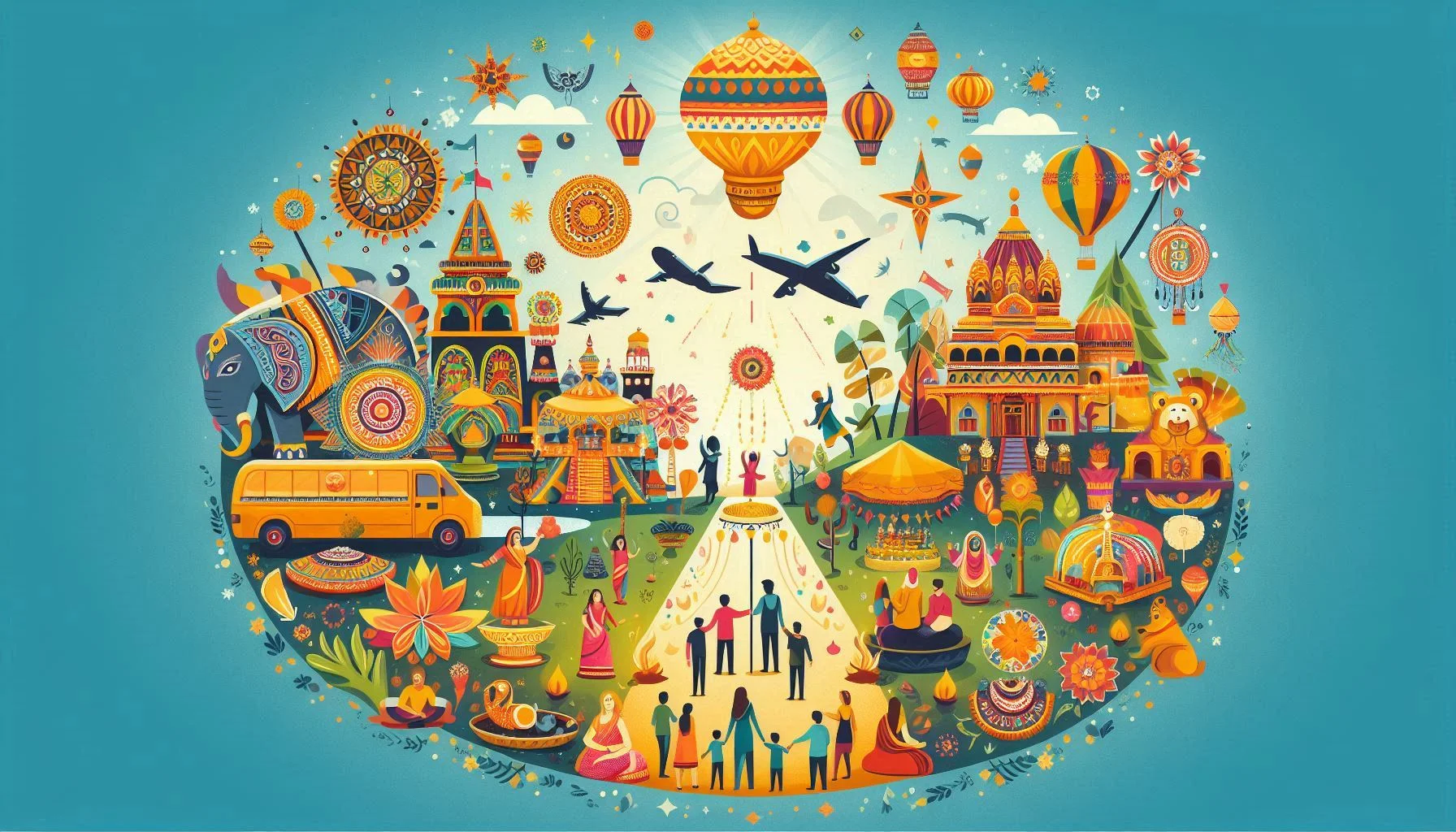Celebrating Cultures: A Journey Through Festivals Around the World
In today’s increasingly globalized world, cultural festivals and celebrations play a vital role in promoting unity, preserving traditions, and fostering social cohesion. From vibrant colors and energetic rhythms to exquisite costumes and mouth-watering cuisine, festivals around the world offer a kaleidoscope of experiences that celebrate the rich diversity of human cultures. As we embark on this journey through festivals, we will explore the world’s most fascinating and culturally significant celebrations, delving into their history, traditions, and significance.
For centuries, festivals have been an integral part of human society, serving as a means to mark important milestones, pay homage to gods and ancestors, and simply bring people together. As we venture into the heart of various cultures, we will discover the intricate complexities and captivating beauty of each festival. From the exotic to the familiar, every celebration offers a unique insight into the customs, beliefs, and values of a particular society.
Celebrating Traditions: An Overview of Cultural Festivals

Section 2: Festival of Lights – Diwali
Deep in the heart of the Indian subcontinent, a radiant light illuminates the night sky, signaling the arrival of Diwali, the Festival of Lights. As the Hindu month of Kartik begins, millions of people around the world gather to celebrate this most revered and auspicious occasion. With its rich history and symbolism, Diwali is a spectacle of fireworks, twinkling lights, and fragrant incense, marking the triumph of good over evil.
This ancient festival commemorates the return of Lord Rama to Ayodhya, after a 14-year exile, by lighting millions of diyas (earthen lamps) and decorating homes with intricate designs and colorful decorations. With its essence of unity, prosperity, and hope, Diwali is an integral part of Indian cultural heritage. As the clock strikes 9 pm on the darkest night of the year, the air fills with the sweet aroma of incense sticks, guiding the gods and goddesses back to their earthly homes.
Section 3: Colorful Celebrations – Carnival

In the vibrant streets of Rio de Janeiro, Brazil, and Trinidad and Tobago, the Caribbean, the rhythmic beat of drums, the radiant colors of elaborate costumes, and the scent of spicy street food envelop the air, signaling the arrival of Carnival. This euphoric celebration is an explosion of music, dance, and revelry, marking the last day of Lent, before the 40-day Christian fasting period of Easter.
As masqueraders, clad in elaborate attire, dance to the rhythms of samba and steel drums, the energy of the crowd builds, creating a whirlwind of color and movement. Carnival is an ode to Afro-Caribbean culture, a celebration of life, love, and liberation, as people shed their inhibitions and join the infectious parade of dancing, singing, and self-expression.
Section 4: Celebrating Ancestors – Obon Festival
On the mystical islands of Japan, a poignant and meaningful celebration unfolds, as Obon, the Festival of the Dead, takes center stage. This sacred ceremony honors the spirits of the departed, as families return to their ancestral homes, carrying candles, incense, and food offerings to placate the restless souls of their ancestors.
With roots dating back to the Buddhist concept of karma, Obon symbolizes the reconnection with one’s spiritual heritage and the importance of respecting and honoring the wisdom of those who have gone before us. As family members reunite, lighting lanterns and sharing traditional dishes, the air fills with a sense of serenity and gratitude, honoring the lives of those who have shaped the present.
Section 5: Illuminating Faith – Eid-al-Fitr

In the majestic city of Istanbul, Turkey, and the cities of Morocco, Pakistan, and India, the evening sky lights up with radiant colors and twinkling stars, signaling the arrival of Eid-al-Fitr, the Festival of Breaking the Fast. This joyous celebration marks the end of Ramadan, the Islamic month of fasting, as the faithful break their fast, sharing sumptuous meals and gift-giving, in an atmosphere of devotion and thanksgiving.
With its origins dating back to the Islamic Golden Age, Eid-al-Fitr represents the culmination of spiritual introspection and self-reflection, as Muslims reorient themselves with the divine, reinvigorating their connection with the Almighty and the wider community. As families and friends gather to break the fast, feasting on sweet pastries, aromatic spices, and savory kebabs, the sweet scent of wafting incense wafts through the air, transporting everyone to a state of gratitude and contentment.
Section 5: Rekindling Memories – Tomatina Festival
In the sun-kissed town of Buñol, Spain, a burst of vibrant red splashes the streets, as Tomatina, the world’s most outrageous and eccentric festival, transforms the streets into a vibrant playground. This unique celebration is a tribute to the simple pleasures of life – laughter, camaraderie, and the sheer joy of indulging in something absurd and delightful.
Originating as a spontaneous revolt against a fruit fight that turned sour, Tomatina has evolved into an international sensation, attracting revellers from around the globe. With its roots in Mediterranean folklore, this event embodies the essence of fiesta spirit, as friends and strangers alike come together to squish, smear, and splash each other with millions of juicy tomatoes, painting the town a vibrant red.
As our journey through festivals comes to a close, we realize that cultural celebrations are a reflection of our shared humanity, an expression of love, community, and gratitude. They remind us of the rich tapestry that binds us together, even as we celebrate our individuality. Whether it’s the soft glow of a lantern or the thunder of drums, each festival invites us to step into its unique rhythm, embracing its traditions and values, as we honor the beauty of cultural diversity.
